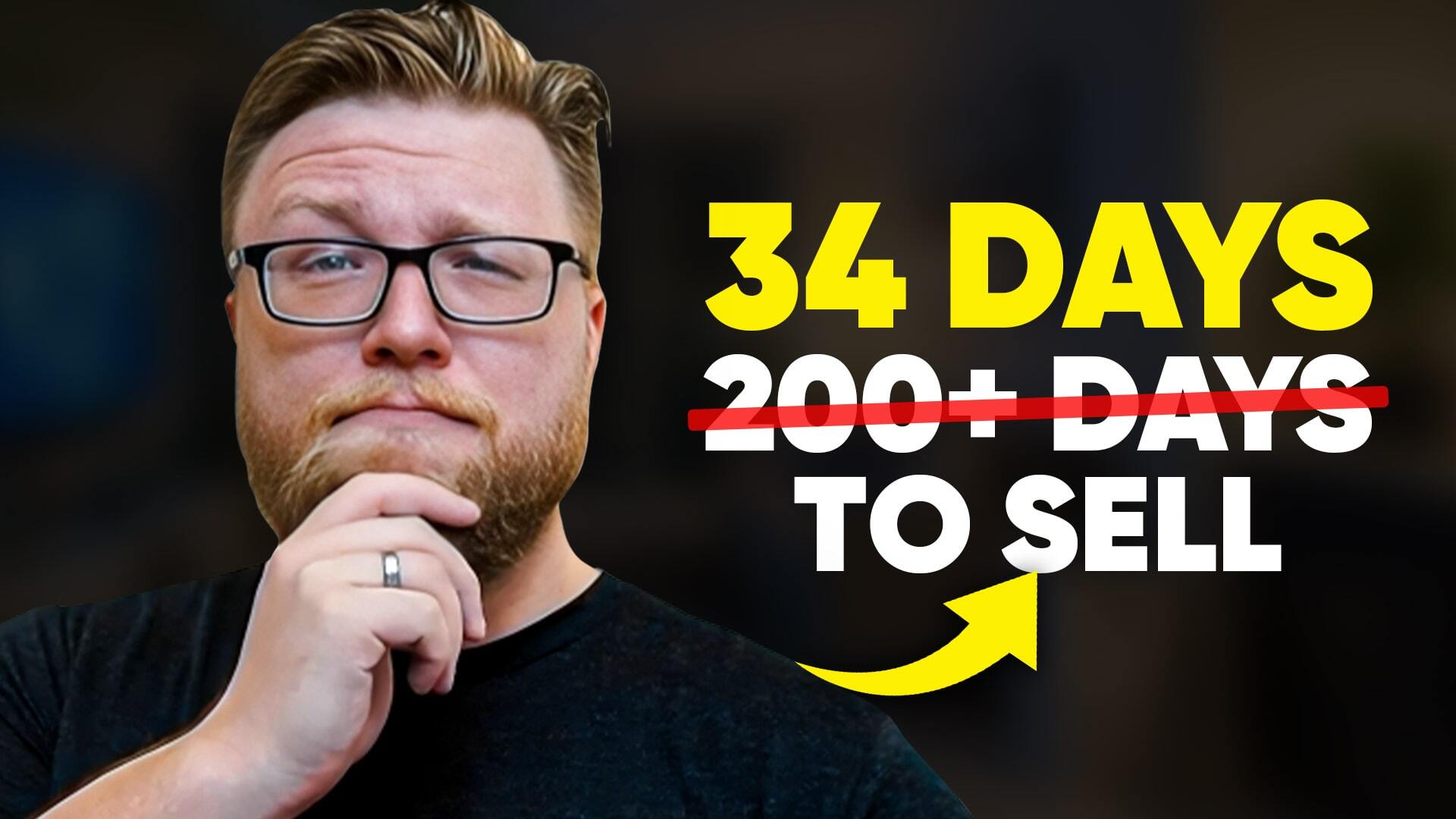This Week in M&A Issue #208
Aloha! 👋
Today’s trend of the week is “wearable tech”.
Once seen as a niche market, wearables are now booming thanks to products like the Oura Ring, which tracks your sleep, activity, and overall health. The company just raised $900 million at an $11 billion valuation!
Wearable startups are developing everything from smart contact lenses that display information right before your eyes, to high-tech collars that help farmers track their cattle. Even big players like Apple, Google, and Meta are jumping in, making wearables more advanced and more appealing than ever.
The term “wearable technology” was searched 1.4M times worldwide in the last month, up a whopping 115% in the last quarter.
For digital entrepreneurs, this trend is a goldmine, whether you’re selling smart wellness gadgets, running affiliate offers, or creating content around the latest AI-powered devices.
Today we have for you:
- OpenAI takes on Google with Atlas AI-powered browser
- Amazon’s Fall Sale falls short as shoppers tighten their belts
And:
- AWS outage disrupts millions of sites worldwide
- How to sell your business in half the time
- Amazon gives sellers a new way to challenge enforcement decisions
Alright, let’s dive in.
AI
OpenAI has launched ChatGPT Atlas, a new Chromium-based browser designed to put AI at the center of the web and challenge Google’s dominance.
Built on the same foundation as Chrome, Atlas supports extensions, bookmarks, and familiar navigation tools, but takes a more conversational approach to browsing. Instead of typing queries into a search box, users can chat directly with web pages, ask follow-up questions, and refine answers in real time. Available now on macOS, with Windows, iOS, and Android versions coming soon, Atlas is free for all users at launch.
Features like the “sidecar” allow ChatGPT to understand page content instantly, while “memory” tracks browsing activity to offer personalized suggestions and help users pick up where they left off.
For more advanced tasks, agent mode can summarize pages, fill forms, or manage documents, though it is initially limited to Plus, Pro, and Business subscribers. OpenAI stresses that agent mode operates only within active tabs and cannot access local files.
The launch raises significant implications for publishers and advertisers. With ChatGPT delivering answers and summaries directly, users may bypass original content, potentially reducing traffic and ad impressions.
Atlas could also enable highly targeted advertising without relying on cookies or external tracking. OpenAI hasn’t launched ads yet, but recent job listings suggest they’re preparing for it.
Security remains a major concern. Research from Brave Software warns that agentic browsers like Atlas and Perplexity’s Comet are vulnerable to “prompt injection attacks,” where hidden instructions on web pages can trick AI assistants into accessing sensitive data, including emails and banking information. OpenAI has safeguards in place, but privacy advocates emphasize the need for careful oversight as AI takes on more user activity.
With ChatGPT already attracting 800 million weekly users, OpenAI now has a huge potential base to pull away from Chrome’s 3 billion users, hurting Google’s ability to drive users toward its search engine and serve targeted ads.
For now, Atlas remains experimental, but it’s the clearest sign yet that OpenAI could be the catalyst that finally loosens Google’s grip on how the world browses the web.
Amazon
Amazon’s Fall Prime Event Fell Short as Consumers Spend Smarter, Not Bigger
Amazon’s October Prime Big Deal Days didn’t match the fireworks of July’s record-breaking Prime Day, but it revealed how both shoppers and sellers are adapting to a tighter economy.
Consumers spent $9.1 billion over the two-day event, a 7.3% increase from last year, according to Adobe. Net sales jumped 72% year-over-year, with spending evenly split across both days.
Still, the excitement cooled compared to summer. Only 61% of July Prime Day shoppers returned in October, customer satisfaction slipped to 58%, and the average order value fell 15% to $45.42. Nearly half of purchases were under $20, with top product categories shifting toward practical items like apparel, shoes, and household goods, rather than splurging on big-ticket products.
Nearly 50% of consumers said tariffs influenced their buying decisions, while inflation and rising costs led others to tighten their budgets. Just 23% shopped early for the holidays, down from 45% last year, echoing a broader dip in consumer confidence, now at its lowest since April 2025.
Amazon also adjusted its strategy. After July’s extended four-day sale, October’s event was deliberately shortened to two days to combat buyer fatigue and logistical strain. Fulfillment centers were running near capacity, and Amazon even offered 8% cash back for slower deliveries, up from 6% in July, to help manage demand.
For sellers, profitability, not volume, was the priority. Many focused discounts on proven bestsellers and high-margin products, leaning on external traffic from social media and influencer campaigns. Prime Exclusive Discounts averaged just 20–25%.
Amazon’s October slowdown contrasts sharply with its July Prime Day, which drove $24.1 billion in U.S. e-commerce sales, more than two Black Fridays combined. The October results show consumers are becoming more selective, spreading out their purchases, and waiting for deeper discounts later in the season.
Amazon
Millions Affected as AWS Experiences Global Outage
On Monday, an Amazon Web Services (AWS) outage sent shockwaves across the internet, temporarily crippling millions of websites and apps worldwide.
Services from Amazon’s own shopping platform to Ring doorbells went offline. Popular apps like Snapchat and Wordle stopped working, video games such as Fortnite blinked out, and even smart mattresses stopped responding. Banking apps, including Venmo and Robinhood, experienced delays, leaving users frustrated and businesses scrambling. An estimated 1,000 or more companies were severely impacted across the globe.
The outage began around 3:11 a.m. ET, triggered by a DNS error following a technical update to one of AWS’s database services. Since AWS powers roughly 30% of the web, the impact was massive, with millions of people encountering error messages as services slowed or went entirely offline. Despite early mitigation efforts, it wasn’t until 6:53 p.m. that Amazon declared all systems had returned to normal, over 15 hours after the problem first emerged. Analysts estimate the outage cost up to $75 million per hour, with $72 million per hour in lost revenue for Amazon itself.
This isn’t the first outage of its kind, similar disruptions happened in 2023 and 2021, and it likely won’t be the last. Experts say this outage underscores the challenges of cloud concentration. Few companies could replicate the infrastructure needed to run even a fraction of what AWS handles, making outages like this difficult to prevent.
While Amazon continues to monitor systems and investigate the root cause, the incident serves as a stark reminder for businesses to consider cloud redundancy and disaster planning to minimize potential downtime.
Read All About It!
💡 My First Million’s AI business playbook: 7 startups making millions
❌ Google Ads to delete inactive accounts after 6 months: no reactivation
💻 How to use vibe coding to build SEO tools: build custom solutions
👤 X launches marketplace for buying inactive usernames: priority & rare handles
YouTube
Sell Your Online Business FASTER: 5 Stages to a Premium Exit
The average business on our marketplace takes about 102 days to sell, roughly three months to make a successful exit.
But what if you could sell your business in half that time and for a higher price?
In this video, Greg breaks down insights from 84 deals on our marketplace to reveal exactly what helps sellers speed up their exits and boost their valuations.
He shares the two key factors that make the biggest difference, positioning and preparation, and how you can apply them to your own business to attract serious buyers and close sooner.
If you’re planning to sell or just want to understand what makes top-performing deals stand out, you won’t want to miss this one.
Amazon
Amazon Launches Tool to Help Sellers Fight Listing Deactivations
Amazon has rolled out a new Seller Challenge feature for Account Health Assurance (AHA) members, giving sellers a clearer, faster way to contest enforcement actions that previously felt final.
The feature gives eligible sellers three enforcement decision challenges every six months, with used challenges replenishing after the period ends. Amazon promises a 48-hour decision window, a huge improvement over traditional appeals that could drag on for days or weeks. Sellers keep all the protections of AHA, including safeguards against sudden account deactivation.
To use a Seller Challenge, go to the Product Policy Compliance page and look for listings marked with the Seller Challenge icon. Each enforcement can only be challenged once, though multiple challenges can be open at the same time. Keep in mind: listings stay deactivated while a challenge is under review, so you’ll need to decide strategically when to use your challenges. Losing AHA status removes access to any remaining challenges until you regain eligibility.
To qualify for AHA status, you need a professional seller account with an Account Health Rating (AHR) of 250 or higher. Eligible sellers are notified by email and enrolled automatically.
Historically, Amazon’s enforcement system prioritized platform protection over seller fairness, leaving limited options for appeals against compliance flags, policy violations, or listing deactivations. This update may represent a small but significant step toward giving sellers more clarity and recourse, potentially making the often opaque world of Amazon enforcement a bit easier to navigate.
Money Nomad
Looking for a side hustle?
Try Money Nomad, our sister marketplace built specifically for profitable side hustles and micro-businesses that are too small for Empire Flippers.
Check out this recent listing available on the Money Nomad Marketplace:
Listing M20126 – Open to Offers
eCommerce | Outdoors
This business sells a patented outdoor coffee brewer with a loyal following and huge retail potential. This one-of-a-kind coffee brewing device is designed for adventure lovers and coffee purists alike. Compact, portable, and conversation-starting, it lets people enjoy a rich, freshly brewed shot of coffee anywhere, from the backcountry to the backyard. It has proven appeal with a loyal following and global press mentions. Expanding into retail distribution, Amazon sales, and outdoor gear partnerships could unlock significant new revenue streams. A fresh marketing push on social media and influencer channels could also turn this into a cult outdoor coffee brand. Learn More
Subscribe to the This Week in M&A Newsletter
to Get Content like This in Your Inbox Every Friday






